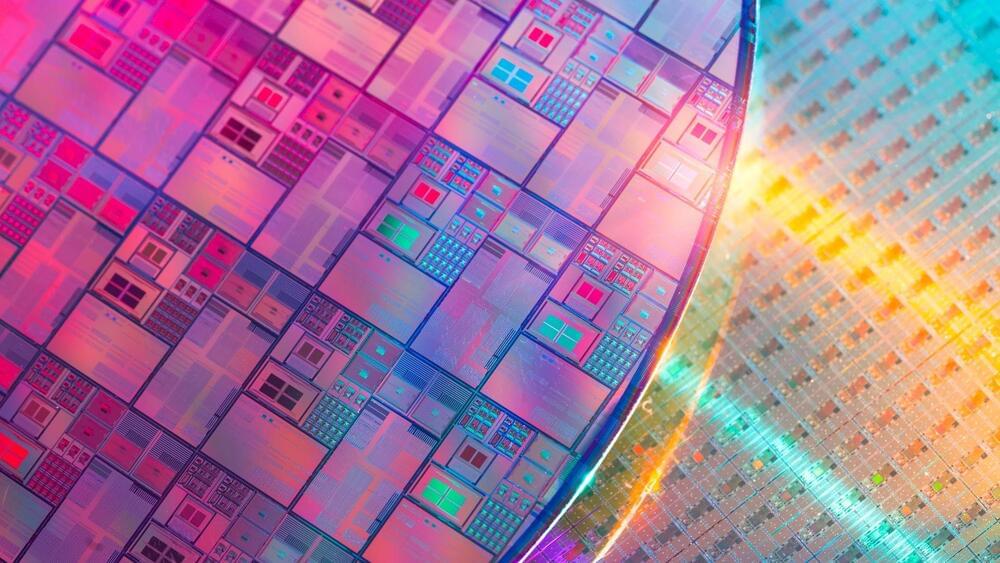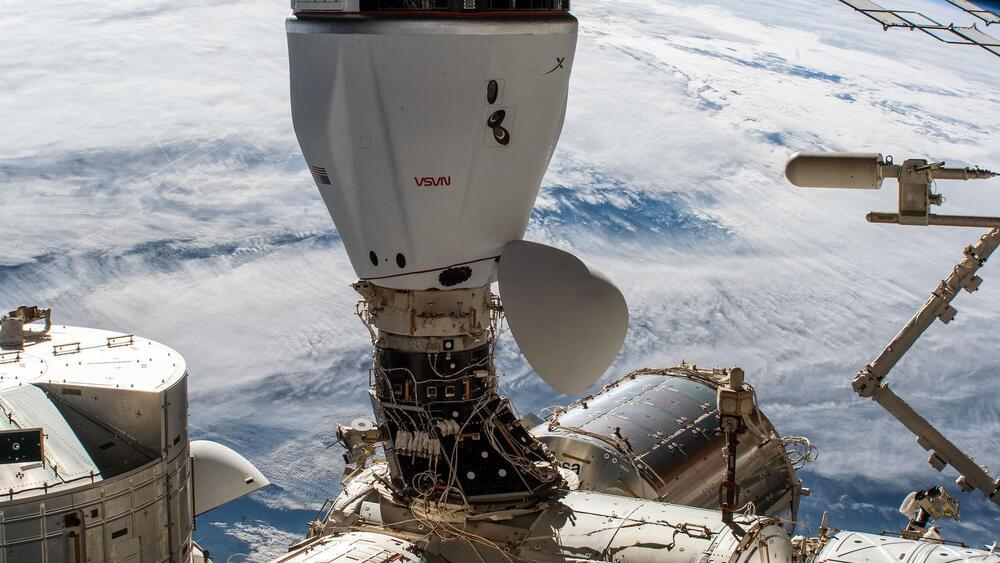According to an article by Bloomberg, investors and consumers are losing interest in plant-based meat. Could this be the end?
Not too long ago, it appeared that much of America was willing to join the plant-based beef bandwagon. But, according to various sources, including Bloomberg, plant-based meat may have seen its zenith and is already falling out of favor.
According to Global Citizen, in 2019, plant-based meat accounted for only about 1% of all meat sales nationwide. Still, it appeared that the percentage would rise due to the development of better products, significant infusions of cash into plant-based meat companies, and an initiative by restaurants like Burger King to promote protein.





